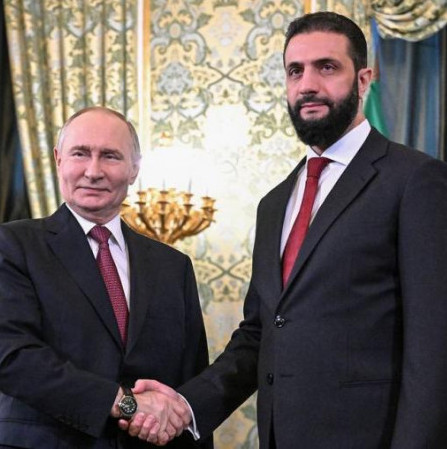
The world oil market situation does not yet favor the rapid development of oil and gas projects in the Arctic. According to the United States Geological Survey, the Arctic contains about 22% of the world's undiscovered hydrocarbon resources. At the same time, the bulk of it – 84% – falls within the Arctic ocean shelf. And a mere 16% can be attributed to land territories within the Arctic circle.
However, strategically, the region remains an important resource base for the Arctic nations as represented by Russia, Canada, the United States, Norway and Denmark. Moreover, Iceland, Sweden and Finland also claim this status, although having no oceanic borders with the Arctic.
There is currently no international treaty to comprehensively regulate activities in the Arctic. Therefore, control falls back on the national legislation of the Arctic states, as well as on a number of international agreements, which, however, skip the legal status of the Arctic. There are also field-specific associations like the Arctic Council (comprising Russia, the United States, Canada, Denmark, Finland, Norway, Sweden, and Iceland) that are still more focused on the region's environmental concerns.
But it is not only the Arctic nations that seek to expand and consolidate their influence in the region. China, in particular, has considerable ambitions as regards navigation in the Arctic. The Celestial Empire is engaged in the construction of icebreakers, and 2012 saw a Chinese icebreaker pass through the Arctic waters to Europe for the first time.
The British are also becoming increasingly interested in the region, reasoning that they seek to contain alleged threats from Russia. For instance, during his visit to the new Bardufoss military base in northern Norway in February 2019, British Defense Secretary Gavin Williamson said the British military begun deploying its forces in the Arctic to "protect NATO's northern flank from Russia."
Geopolitical tensions in the Arctic will obviously increase due to improved competition for access to its hydrocarbon resources. And Russia's historical status of a world leader as regards its icebreaker fleet and control over the key Arctic route (the Northern sea route) are severe irritants for competitor countries in the polar regions.
On June 9, US leader Donald Trump ordered to start developing a program of purchasing icebreakers to ensure the country's security and interests in the Arctic and the Antarctic. A statement to this effect came in the memorandum he signed. "To help protect our national interests in the Arctic and Antarctic regions, and to retain a strong Arctic security presence alongside our allies and partners, the United States requires a ready, capable, and available fleet of polar security icebreakers that is operationally tested and fully deployable by Fiscal Year 2029," the document emphasizes.
One of Trump's instructions reads the US intends to ensure its permanent presence in the Antarctic. He also instructed a number of relevant agencies to examine the advantages and risks of using a promising icebreaker fleet, the core of which will be formed by at least three heavy icebreakers. The United States currently has two active icebreakers: the USCGC Polar Star (heavy icebreaker commissioned in 1976) and the relatively new research icebreaker USCGC Healy (commissioned in 2000). The Americans also had the USCGC Polar Sea, Polar Star's constructive "twin", but in 2010 it was put on standby over frequent problems with the engine unit. In December 2018, the US refused to conduct exercises in the Arctic, fearing that the USCGC Polar Star could break down during maneuvers. This would imply either the loss of a ship or a request support from Russia, and reputation collapse could not be tolerated.
The United States is currently implementing the Polar Security Cutter (PSC) fleet renewal program, providing for the purchase of six new polar icebreakers.
But the US authorities realize that competing with Russia in the "icebreaker race" is a daunting challenge. Therefore, Washington emits and applies economic restrictions to curb Russia's progress in the Arctic.
Although the United States' "sanctions doctrine" against Russia does not all that much affect its marine projects in northern latitudes and because of a way more significant (as compared to sanctions) opportunistic deterrent – until oil reaches $90-100 per barrel – there will be no tangible progress in the Arctic. The pandemic and the global economic slowdown have only distanced the horizon of large-scale shelf development in the polar regions.
Nevertheless, Russia remains committed to developing oil and gas projects in the Arctic, which is an important stage in its strategy of preparing the region for an industrial breakthrough.
Russia's goal-setting is also improving: our country has come to terms with the permanent sanctions regime and is responding to it with a multi-faceted import substitution program, which comprises encouraging the development of domestic technologies for offshore oil and gas projects. Besides, government incentives and subsidies are a sizeable motivation to oil and gas companies to develop the Arctic's hydrocarbon potential.


